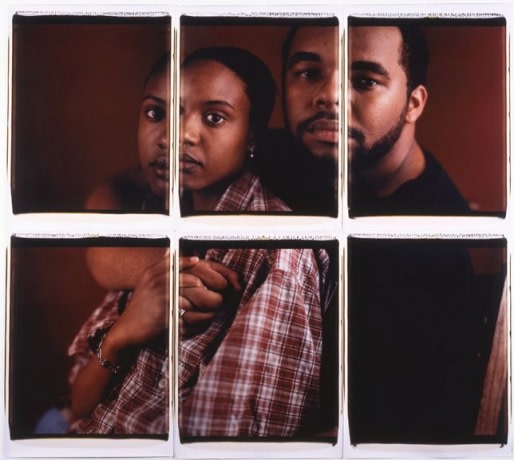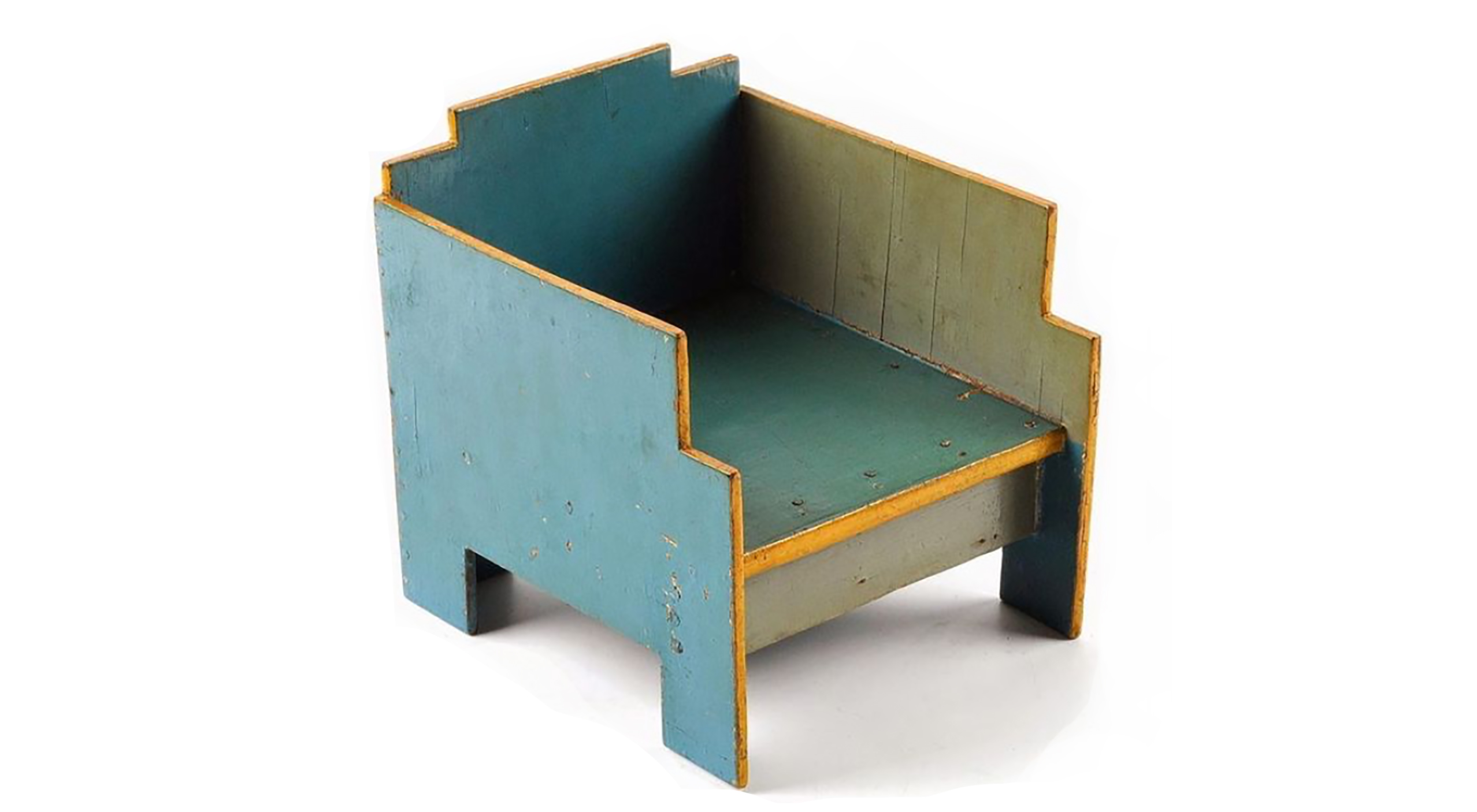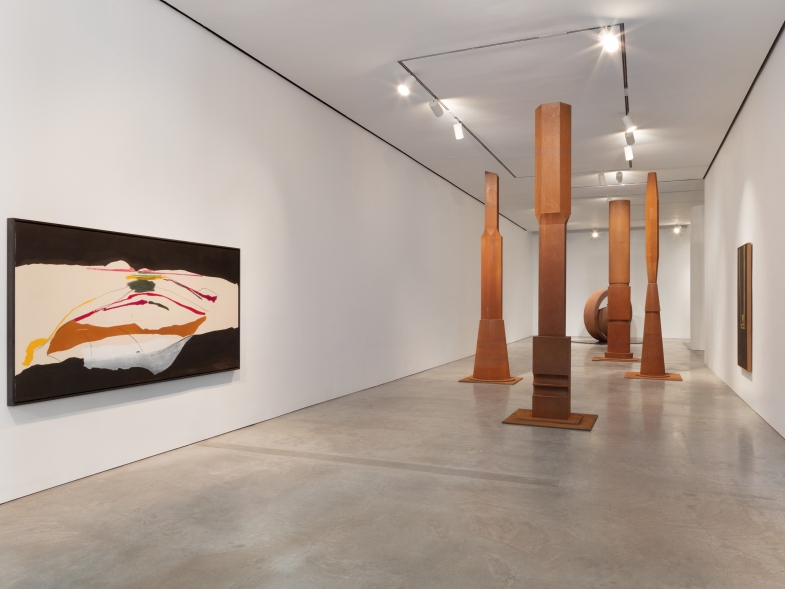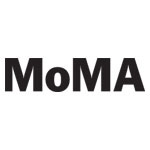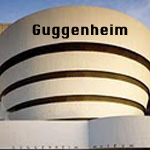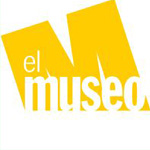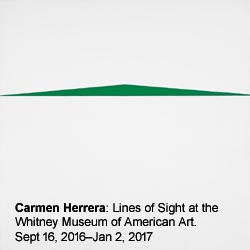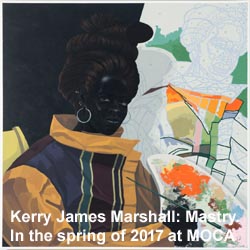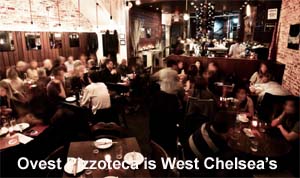| My work has taken various forms throughout the years, from early video installations using loops and repetition while still a student at the Royal College of Art in London to drawing and 3D installations more recently. The obvious recurrent theme is the use of absurd situations or uncanny scenes depicted to suggest a deep and dark psychological or social drama. Whether it is a businesswoman running endlessly on a country road in I Can Feel… (2002), or a dark forest inhabited by little girls such as in the drawing installations W Children IV and W Children III (2006). My drawings are influenced by Henry Darger’s depictions of his Vivian Girls and their struggles with various demons and other imaginary threats. Art Brut, a movement that started in Switzerland, where I grew up, is a major influence. |  |
Heike Cavallo
My work has taken various forms throughout the years, from early video installations using loops and repetition while still a student at the Royal College of Art in London to drawing and 3D installations more recently. The obvious recurrent theme is the use of absurd situations or uncanny scenes depicted to suggest a deep and dark psychological or social drama. Whether it is a businesswoman running endlessly on a country road in I Can Feel… (2002), or a dark forest inhabited by little girls such as in the drawing installations W Children IV and W Children III (2006).
My drawings are influenced by Henry Darger’s depictions of his Vivian Girls and their struggles with various demons and other imaginary threats. Art Brut, a movement that started in Switzerland, where I grew up, is a major influence. Questions around the value of marks made by children, the work of people with impairment, or those whose practice is removed from a Western art historical context are fundamental to my current work. I am inspired by the visual experiments of artists such as Louise Bourgeois and, more recently, Lucia Nogueira, whose works are directly concerned with such questions. Drawing on one’s own history and “repairing” through the act of mark making seem to be at the core of both artists’ work, and are very central to my own practice.
The act of drawing itself is like an exploration that can help one remember and express the unspeakable. It is about, as Tanya Kovats suggests, “mapping and measuring oneself.” My work is informed by psychoanalysis, the writings of Julia Kristeva, fictional works such as Jane Eyre by Charlotte Bronte, The Bloody Chamber by Angela Carter, as well as Marina Warner’s and Jean-Jacques Rousseau’s writings about childhood. My drawings currently mix different styles within a single piece of work, uncomfortably combining very detailed and figurative depictions with more abstract and uncontrolled or un-self-conscious marks. My work is inspired by people like Darger, exploring similar ideas but consciously or intellectually raising questions about the difference or the lack thereof in the finished works’ meaning, what they communicate, and how they are perceived. In addition, the absurdity but, somehow, inevitability of sentimentalism is often explored in my installations, videos, drawings, and photographs.









